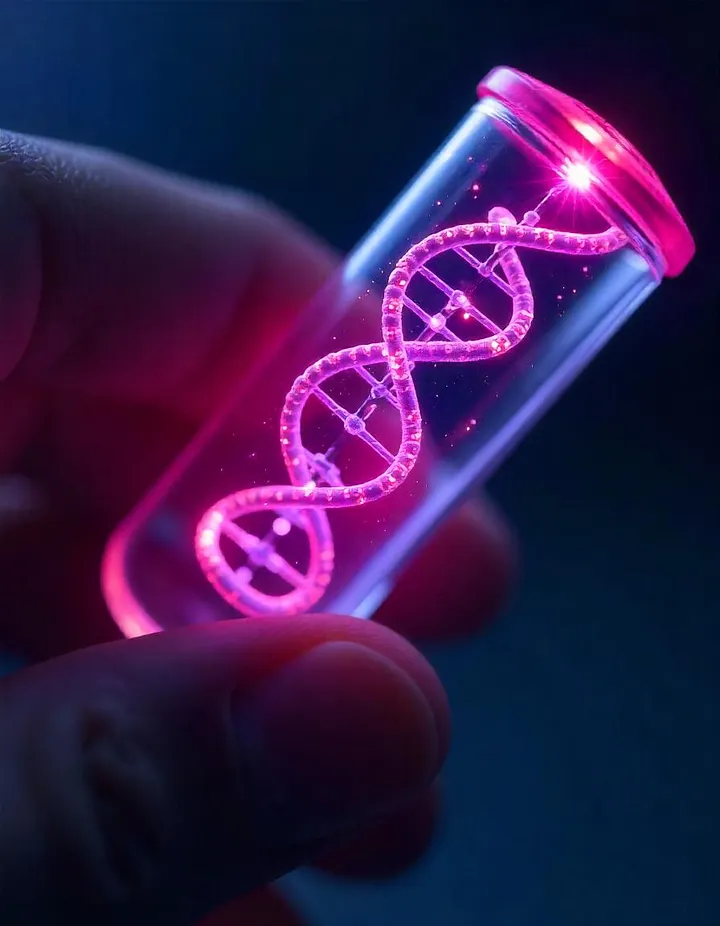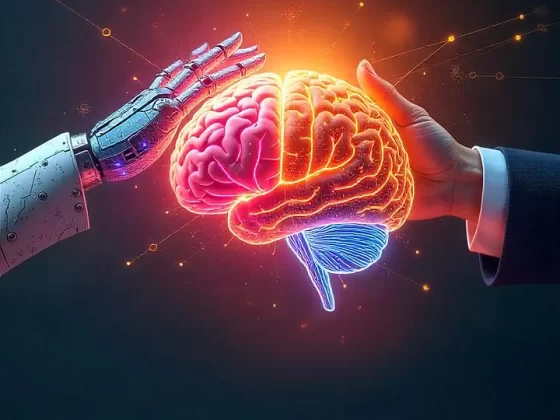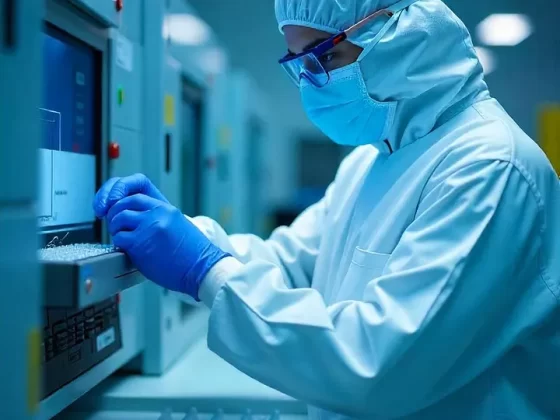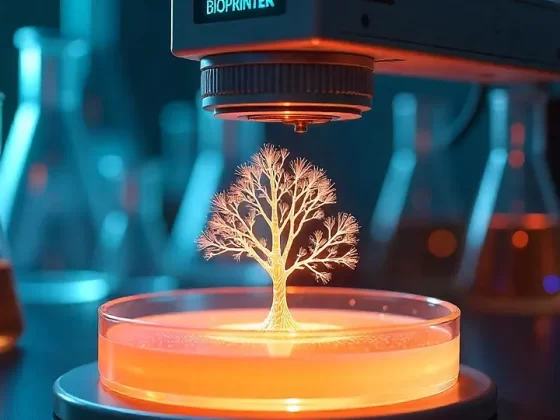CRISPR-Cas9: Rewriting DNA and Revolutionizing Medicine
By Soham Biswas
“Fixing DNA is like correcting a typo in a book.”
Imagine a world where diseases like cancer, diabetes, or inherited genetic disorders are no longer a life sentence but challenges we can overcome with a precise tweak to our DNA.
This once-unimaginable future is now within reach, thanks to CRISPR-Cas9, a groundbreaking gene-editing technology that is reshaping the very foundation of medicine. With CRISPR-Cas9, the ability to edit DNA has become faster, more affordable, and incredibly precise, unlocking possibilities that could transform how we approach health, disease, and even ageing itself. Think of it as a molecular ability that allows scientists to “cut and paste” sections of DNA, rewriting the genetic code that defines us. This revolutionary technology is not just a scientific marvel — it’s BRAND MAGAZ INE PAGE_09 a glimpse into a future where genetic diseases can be cured, cancer can be defeated, and medicine can be tailored to the unique blueprint of an individual. The potential of CRISPR is vast, and as it continues to advance, it’s set to touch every aspect of our lives, from preventing illnesses to enhancing the quality of life for millions around the globe. CRISPR-Cas9 (pronounced “crisper”) is a revolutionary gene editing ability that has transformed the way scientists alter DNA in humans, animals, and plants. First discovered in bacteria, where it acts as a defence mechanism against viruses by cutting their DNA, this natural system has been adapted to make precise changes to genetic material.
The process is both simple and powerful: scientists create a guide molecule to locate the exact part of the DNA they want to edit, the Cas9 protein acts like molecular scissors to cut the DNA, and specific genes can then be removed, added to, or replaced. This incredible precision has unlocked groundbreaking possibilities, from curing genetic diseases and fighting cancer to preventing inherited disorders, making CRISPR a game-changing technology for the future of medicine and beyond. CRISPR is already transforming medicine in ways that were once unimaginable, offering hope for curing diseases and improving lives. This revolutionary technology allows scientists to fix genetic problems at their source, like repairing a typo in a book. Diseases caused by single-gene mutations, such as sickle cell anemia and cystic fibrosis, can now be treated by correcting the faulty gene, as seen in a groundbreaking case where a woman with sickle cell anemia was cured using Beyond CRISPR.

Curing diseases, CRISPR is paving the way for personalized medicine, where treatments are tailored to an individual’s unique DNA, potentially preventing conditions like cancer before they even develop. It’s also being used to reprogram immune cells to fight cancer more effectively, offering new hope for patients with aggressive forms of the disease. Even inherited disorders, like Huntington’s or certain types of blindness, could be stopped from passing to future generations by editing DNA in embryos or reproductive cells. CRISPR technology is advancing rapidly and is set to revolutionize healthcare and beyond, becoming a major part of our everyday lives. One of the biggest reasons for its growing impact is affordability — over the years, the cost of genome sequencing, which is the process of reading our DNA, has dropped significantly, making it accessible to more people. As CRISPR becomes more widely used, the cost of gene-editing treatments is also expected to decrease, making life-changing therapies available to millions. What makes CRISPR even more exciting is its ability to shift healthcare from treating diseases to preventing them entirely. Instead of waiting for illnesses like cancer or genetic disorders to develop, CRISPR can help stop them before they even start, saving lives and reducing healthcare costs.
But CRISPR’s potential doesn’t stop at medicine — it’s also being used in agriculture to create crops that are resistant to diseases and pests, in environmental conservation to protect endangered species, and even in fighting pandemics by developing antiviral treatments. As this technology becomes more accessible and its applications grow, it’s likely to become as transformative in the 21st century as vaccines and antibiotics were in the 20th. CRISPR isn’t just a scientific breakthrough — it’s a glimpse into a future where we can solve some of humanity’s biggest challenges with the power of our own DNA. The Road Ahead: Challenges, Controversies, and Opportunities CRISPR is undeniably one of the most exciting breakthroughs in modern science, but it’s not without its challenges and controversies. While the technology holds the promise of curing diseases and transforming lives, scientists are still working to ensure it’s 100% safe and accurate.
What happens if a gene is edited incorrectly? Could it lead to unintended consequences, like new diseases or unforeseen genetic problems? These are real concerns that need to be addressed before CRISPR becomes a routine part of medicine. Then there’s the issue of accessibility — will this life-changing technology only be available to the wealthy, creating a divide between those who can afford to “fix” their DNA and those who cannot? And what about the ethical dilemmas? Should we be editing embryos to prevent diseases, or does that open the door to “designer babies,” where parents choose traits like intelligence, height, or eye color? Despite these challenges, the potential of CRISPR is too big to ignore. Beyond medicine, it’s already being used to create disease-resistant crops, protect endangered species, and even develop treatments to combat pandemics. But as we move forward, society will need to grapple with tough questions about how far we should go with gene editing and who gets to decide. Conclusion: A Revolution That’s Just Beginning CRISPR-Cas9 is not just a scientific breakthrough — it’s a technology that could redefine what it means to be human. The idea of editing our DNA may sound like science fiction, but it’s quickly becoming a reality. In the near future, gene editing could be as common as getting a vaccine or taking a pill. Imagine a world where diseases like cancer, diabetes, or genetic disorders are no longer a threat, where we can prevent illnesses before they even start, and where medicine is tailored to your unique DNA. But with this power comes responsibility.
CRISPR is a beacon of hope for millions, but it also raises questions about ethics, equality, and the limits of human intervention. Are we ready for a world where we can rewrite the code of life? Whether we like it or not, the future of medicine is here, and it’s written in our DNA. The question is: how far are we willing to go? A Real-Life Case: How CRISPR is Changing Lives. Let’s look at a real-world example of how CRISPR is already making a difference. Victoria Gray’s Story Victoria Gray, a woman from Mississippi, suffered from sickle cell anemia, a painful and life-threatening genetic disorder. For years, she endured frequent hospital visits, blood transfusions, and excruciating pain. In 2019, she became one of the first people to receive CRISPR-based treatment. Doctors used CRISPR to edit her bone marrow cells, correcting the genetic mutation that caused her disease. The results were astonishing. Victoria no longer experiences the debilitating symptoms of sickle cell anemia, and her life has been transformed. Her story is a testament to the power of gene editing and the hope it offers to millions of people.









